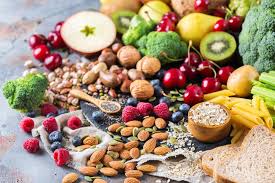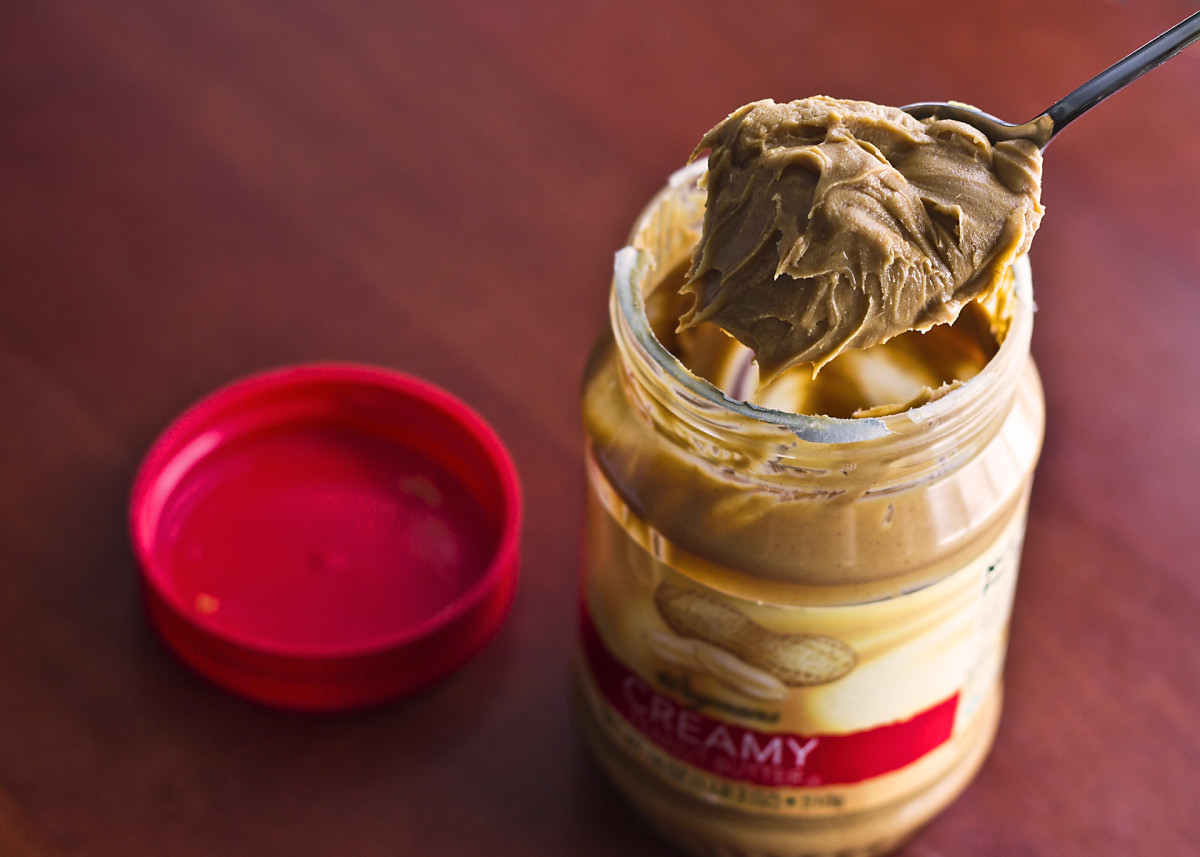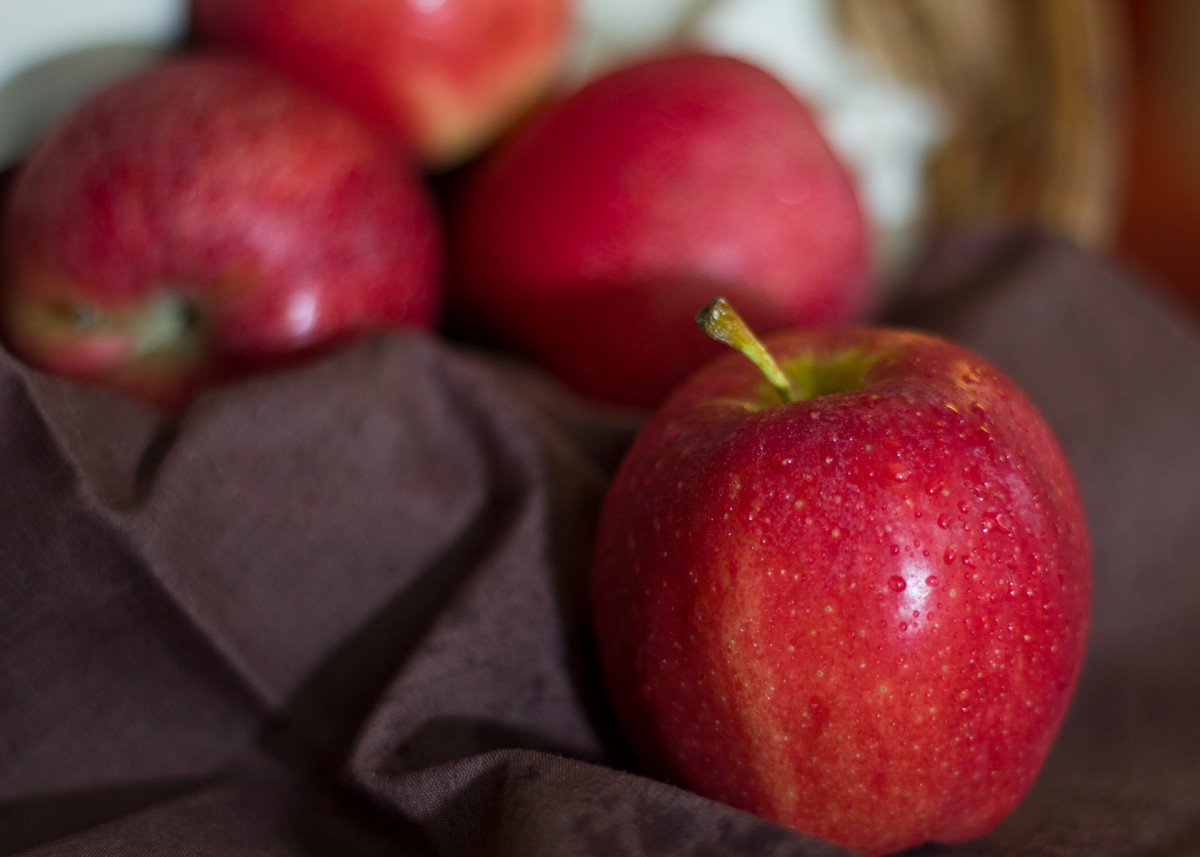Role of Dietary Fiber in Weight Loss

Dietary fiber is a term, which is applied to plant-based carbohydrates that, unlike simple sugars and starch, are not digested in the small intestine and so reach the large intestine or colon. It is the edible portion of plant cell walls that is resistant to digestion and is an extremely beneficial component of our diets.
Dietary fiber is primarily of two types:
- Soluble
- Insoluble
Since dietary fiber is found only in plant products, these are essential to a healthy diet. The fiber-rich foods take longer to digest and thus result in an increased feeling of fullness and satiety.
The following table shows main differences between Soluble and Insoluble fiber -
Soluble fiber
| Insoluble fiber
| |
|---|---|---|
1
| Soluble fiber is soluble in water.
| Insoluble fiber does not absorb or dissolve in water.
|
2
| When mixed with water it forms a gel-like substance and swells.
| It passes through our digestive system in close to its original form.
|
3
| The scientific names for soluble fibers include pectins, gums, mucilages, and some hemicelluloses.
| The scientific names for insoluble fibers include cellulose, lignins, and also some other hemicelluloses.
|
Good sources of soluble fiber include oats and oatmeal, legumes (peas, beans, lentils), barley, fruits and vegetables (especially oranges, apples and carrots), whereas most of insoluble fibers come from the bran layers of cereal grains.
Resistant starch –
The resistant starch, considered a third type of fiber, provides the benefits of both insoluble and soluble fibers. The term resistant refers to this starch’s ability to resist digestion. Foods such as seeds, unprocessed whole grains, legumes, and potatoes all contain resistant starch. People sometimes avoid eating starches because they fear weight gain.
Pre-biotic fibers –
The researchers and nutritionists have found that certain soluble fibers such as inulin, oligofructose and FOS (fructo-oligosaccharide) cause some remarkable changes in the bacterial mix of the colon. They are called pre-biotic fibers. They come from plants such as the Jerusalem artichoke, chicory root, onions, whole grains, bananas, and garlic. Multiple studies demonstrate that pre-biotic fiber can favorably change the bacterial mix in the lower gut.
Dietary fiber and weight loss -
Eating fibers has many benefits. Besides those benefits, the high-fiber intake can significantly contribute toward body-weight control. Fiber produces a feeling of fullness without adding calories since fiber calories are not absorbed by the body. This can help treat or prevent overweight or obesity.
Epidemiologic evidence that dietary fiber intake prevents obesity is strong. Fiber intake is inversely associated with body weight and body fat. In addition, fiber intake is inversely associated with body mass index at all levels of fat intake after adjusting for confounding factors.
Results from intervention studies are more mixed, although the addition of dietary fiber generally decreases food intake and hence reduces body weight.
Many mechanisms, as mentioned below, have been suggested for how high dietary fiber aids in weight management.
It promotes satiety –
Satiety is the feeling of fullness that persists after eating. It affects the length of time between eating events and possibly the amount of energy consumed at the next. Both satiety and satiation affect total energy intake and both may be influenced by fiber intake.
Researchers have found that greater intakes of dietary fiber reduces appetite by 5%, decreases long-term energy intake by 2.6% and lowers body weight by 1.3%. Though the effects are not huge, they are meaningful in an environment where weight gain is the norm and the obesity epidemic continues worldwide. It has been found that an intake of an additional 14 g of fiber daily is associated with a 10% decrease in energy intake and weight loss of 1.9 kg over almost four months.
It revs up metabolism –
A high-fiber diet is really good at kicking the metabolism into high gear. It is even more effective than the calories-in, calories-out model. Since fiber is hard for the body to break down, it takes work, thereby burning calories. This effect is called thermo-genesis. Since weight loss will inevitably lower the metabolism, a high-fiber diet actually counteracts that effect.
It reduces absorption of macronutrients –
A high fiber diet reduces the absorption of macronutrients. Macronutrients, i.e. carbohydrates, proteins and fats, not only influence body weight but also influence energy production by regulating mitochondrial function. Mitochondria are considered the powerhouses of the cell.
An excessive supply of macronutrients or their deficiency can be detrimental to mitochondria. Therefore, besides promoting weight loss, high dietary fiber improves mitochondrial health. Further, caloric restriction caused by high fiber diet without malnutrition can boost mitochondrial biogenesis and function.
It regulates gut hormones -
Gut hormones are known to play an important role in weight loss and long-term weight loss maintenance. The positive associations have been observed between fiber intake and total ghrelin and acetylated ghrelin levels, suggesting that fiber intake is an important regulator of ghrelin. Ghrelin, released mainly by the stomach, is termed the hunger hormone because it stimulates appetite, increases food intake and promotes fat storage.
Overall, this reinforces the importance of the intimate association between eating habits and gastrointestinal hormonal regulation.
Daily requirements of dietary fiber -
The average adult only eats 15 grams of fiber per day. Women need 25 grams of fiber per day, and men need 38 grams per day.
Our daily requirements of dietary fiber can be met by eating more plant foods -- vegetables, beans, fruit, whole grains and nuts. This is one of the recommendations from the U.S. government's 2015 Dietary Guidelines.
Most people fall short of their recommended fiber intake. But it’s actually possible to have too much fiber, especially if you increase your fiber intake very quickly. Too much fiber can cause some problems, which can be managed by reducing its intake for a period. After the problems are over, it can be re-introduced in the diet gradually.
The bottom line –
Fiber is the indigestible parts of plant foods such as vegetables, fruits, grains, beans and legumes. Besides improving cholesterol, blood sugar levels and preventing some diseases such as diabetes, heart disease and bowel cancer, it plays a significant role in weight loss management.
As it has been found unequivocally that dietary fiber helps in weight loss and long-term weight loss maintenance, so it is recommended that everyone should attempt to consume optimal daily requirements of dietary fiber.








